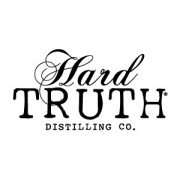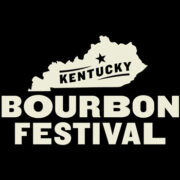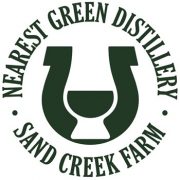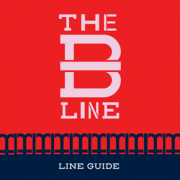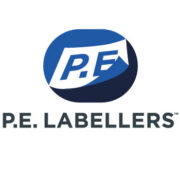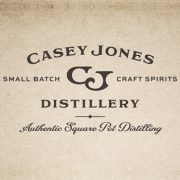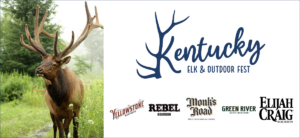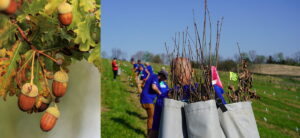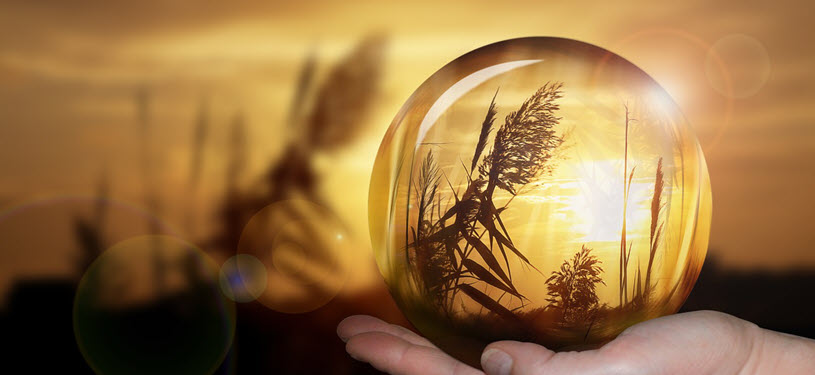
Now is the time to look ahead to 2020. It’s a time to create budgets, make plans, time to break out of the old mold and look for new and exciting opportunities in the year ahead.
As the sheer number of craft spirits distilleries continue to dot the map across the United States the number of new and exciting innovations continue to grow as well. While some makers stick to the tried and true formulas many look for new ways to write their own rules. The prognosticators at Moonshine University who have educated a good number of these distillers get started have taken a step back to take a look ahead and make a few predictions for some upcoming trends for 2020.
Here are some of the things they see shaping distilled spirits in the New Year.
 Gin & Botanical Spirits
Gin & Botanical Spirits

Botanical spirits (like gin, absinthe, and amari) will continue to see massive growth as consumers look for more complex flavor experiences. Gin specifically has proven to be a worldwide favorite. Posting the largest gain in global beverage alcohol consumption from 2017 to 2018, demand for gin is showing no signs of slowing down as we make our way into the New Year. With its variety of sophisticated expressions and applications for cocktails, botanical spirits like gin are piquing the interest of adventurous consumers – and data shows us they’re increasingly willing to pay for them at a premium.
 Agave Spirits
Agave Spirits

As consumers continue to seek out “better-for-you” drinks, agave spirits are also gaining ground in the global market. Although misleading, agave spirits are perceived to be healthier than other grain- and cane-distilled options, making them popular among consumers with alternative diets. But agave spirits also offer a breadth of flavor expressions and styles, fueling additional innovation and premiumization in the category. Like Bourbon, it also helps that agave spirits are romanticized for their production processes and origin stories, which is incredibly marketable to the adventurous consumer. As we move into 2020, expect to see more varietal and regional representation here.
What’s in a Name? Similar to Bourbon being identified globally as a unique product of the United States Tequila is well known as a product of Mexico. Does the average consumer understand that “Agave Spirits” are the same or at least similar?
 American Whiskey
American Whiskey

Experiments in the American Whiskey space are already shaping the future of whiskey. Craft brands in particular are venturing far beyond tradition. In addition to alternative grains, distillers are exploring secondary maturation with used port, sherry and wine casks that lend new levels of complexity to traditional whiskey flavor profiles. A niche in this category that’s gaining prominence is “American Single Malt Whiskey” – but it’s so new, it still lacks a defined standard of identity. This grey area has left distillers free to test blended varietals of malt, domestically harvested peat, regional water sources, and maturation in non-traditional wood species – and consumers are taking note. As barrels are just now reaching maturation, we’ll soon have our first opportunity to evaluate how this category is developing.
 Bourbon
Bourbon

When talking about American Whiskey, we can’t deny the dominance of our only native spirit: Bourbon. Still on a meteoric rise, the industry recently set two records for the number of barrels filled and amount of barrels aging in the state of Kentucky. When the birthplace of Bourbon can boast two barrels apiece for its 4.5 million residents, it’s impossible to deny the importance this spirit will play on a global scale come 2020.
 Sober Curious – Low to Alcohol Free
Sober Curious – Low to Alcohol Free

Even as consumers seek out increasingly unique and flavorful experiences from their favorite spirits, the industry has some key challenges to consider. As we enter the New Year, the industry will have to face a growing number of consumers interested in the “Sober Curious” trend – a movement spurred by the rising popularity of low ABV and alcohol-free offers.
 CBD in Spirits
CBD in Spirits

And although it’s still illegal to combine CBD (or cannabidiol) with alcohol in the US and other countries, there is a rising market for CBD that spirits brands should acknowledge. It remains to be seen what effects the projected $22 billion CBD industry will have on the future of spirits consumption; but, there may be an opportunity for brands to expand their portfolios with tasty products that can accommodate mocktail culture and trending ingredients, like CBD.
Stay Informed: Sign up here for the Distillery Trail free email newsletter and be the first to get all the latest news, trends, job listings and events in your inbox.
With so many flavorful and adventurous spirits in the pipeline, it’s an exciting time for large and small distilled spirits makers. As the industry continues to innovate, consumers are sure to have lots of exciting options to taste in 2020 and beyond.
Anything missing from this list? Let us know and we’ll update the list!
Learn more about Moonshine University.
Please help to support Distillery Trail. Sign up for our Newsletter, like us on Facebook and follow us on Twitter.

